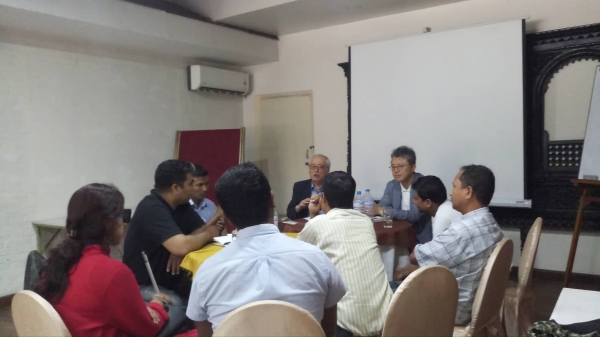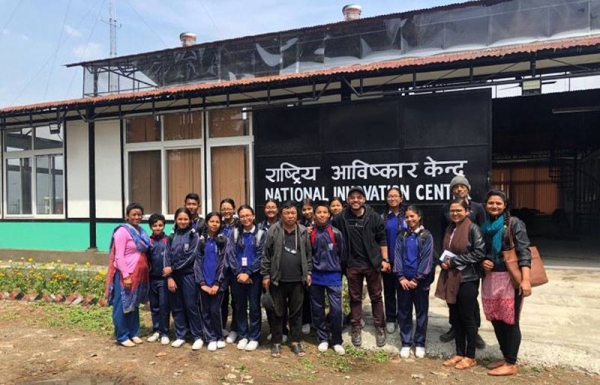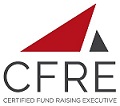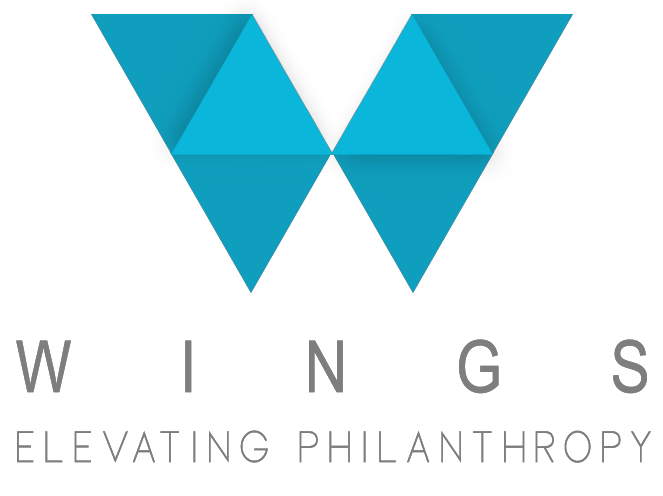Foreign Aid has played a crucial role in Nepal's overall development. Nepal has been receiving foreign aid mainly in the form of grant, loan, technical assistance and humanitarian aid since the 1950. According to a report on the Study on the Foreign Aid Mobilization in Federal Nepal, 2017 of the Ministry of Finance of Nepal the first Development Plan (1956-60), was entirely funded by foreign aid. It is also reported that in the early 1980s, the foreign aid used to contribute some 75 percent of the development expenditure of each fiscal year which decreased gradually as per the increase in internal income.
According to the information of the Ministry of Finance of Nepal, quoted by The Himalayan Times Daily on 1st January 2018, the annual foreign aid disbursement volume was between $960 million and $1,100 million till 2015 AD. But the foreign aid disbursement significantly increased in the last fiscal year as the country received the pledged amount for the post-earthquake reconstruction. Nepal received aid worth $1,394.6 million in fiscal 2016-17, with an increment of 30 per cent as compared to the previous fiscal.
Uncovering the history on how the foreign and came into the Nepal, leads us nearly to the then Rana regime. Nepal officially promulgated its first official budget in 1951 AD after the demolish of the then Rana regime in 1950 AD and also felt the need of foreign aid to scale up the development plans because the then revenue was inadequate to carry out the development projects in the new political juncture.
Similarly, the Colombo Plan was the first multilateral development support Nepal had received after Nepal joined the Colombo Plan in 1952 AD. After that, Nepal started to receive scholarship programs offered by different countries especially for the studies in the professional and technical areas. In line with that plan, the country received grants for crucial areas like agriculture, transport, infrastructure, hydropower, communication, education health and industries.
In course of time, the development cooperation changed it modality as per the development model of the first world countries after the Second World War. Multi Lateral Financial institutions were established and the development countries proactively offered the development cooperation fund to assist the developing countries like Nepal. During the 1960s, Nepal also expressed its interest and requested foreign agencies and bilateral donors for aid and bilateral grants to scale of its development and infrastructure projects. Amidst this, USAID was the first bilateral donors to Nepal and Japan emerged as the largest donor to Nepal providing assistances to various infrastructures project to the latter.
Nepal also marked a remarkable shift in the nature of foreign assistant from the trend of grants into "soft loans after the full operation of the Asian Development Bank and World Bank Group in in 1970 AD.
At present, there are around 275 INGOs operating in Nepal which was even higher to support the relief and reconstruction projects.
In regard of the bilateral support, Nepal has been receiving support from the government of Australia, China, Denmark, Finland, Germany, India, Japan, Korea, the Netherlands, Norway, Switzerland, USA, UK, European Union etc. Out of them, USAID disbursed the highest amount in the last fiscal among bilateral donors which was worth $134.06 million followed by United Kingdom at $128.31 million. Japan including Japan International Cooperation Agency disbursed $77.65 million, India provided $59.26 million and China disbursed $41.24 million.
Whereas in regard of the multilateral donors Nepal has been receiving support from the Asian Development(ADB), European Union(EU), Food and Agriculture Organization(FAO), Global Fund to Fight AIDS, Tuberculosis and Malaria, International Labor Organization(ILO), SAARC Development Fund, United Nations Development Program(UNDP), World Band Group etc.
According to the The Himalayan Times Daily dated 1st January 2018, the World Bank Group disbursed the highest amount among multilateral development partners which stood at $345.97 million, followed by Asian Development Bank at $253.9 million. The UN country team disbursed $120.73 million and the European Union provided $83.89 million. Of the total foreign aid disbursed in the last fiscal, 51.4 per cent or $716.78 million was spent on national level programmes and the remaining for district level programmes.
The prevalence of the support from those bilateral and multilateral agencies as well as INGOs would not have been possible if the Government of Nepal would not have had developed conducive policy environment to invite more foreign aid into the country. The first ever policy; the Loan and Guarantee Act in 1958 followed by the Foreign Aid Policy 2002 which was later substituted by the Development Cooperation Policy 2014 AD were developed and tailored keeping the changing trends of values and priorities of the aid agencies to invite more resources into Nepal. More the the national policy and priorities set by National Planning Commission and the Ministry of Finance are the keys to mobilize the foreign aid.
importantly, the article 59(6) and schedule 5(5) of the Constitution of Nepal, 2015 AD has also ensured provisions to mobilize foreign aid from multilateral and bilateral development partners including I/NGOs. Furthermore, according the the schedule 6(2) of the Constitution, State Government has also an authority to obtain foreign grant and assistance from various development partners with consent of Federal Government of Nepal.
In addition to the favorable policy environment Nepal has also empowered civil society organizations and passionate new elected people representatives at the Federal, Provincial and Local level to speed up and sustain the development works and impact. Therefore on the basis of my 14 years long experiences in development sector, I can say that Nepal can ensure proper policy environment, ownership, transparency and accountability towards the projects and the development partners. So I also like take an opportunity to urge development partners, donors, and philanthropists to invest in Nepal socio economic issues. This will also be an ideal for donors to help Nepal in achieving the SDG by 2030 and help Nepal in graduating from the list of least developed countries. .
However, to ensure a trust and support of development partners and Nepal also have to develop and implement the foreign aid strategies in line with the changing global priorities. Similarly, Nepal should also achieve the SDGs, by 2030. Likewise, Nepal also have to be cautious in reducing the aid fragmentation and transaction cost in federal structure as the number of local government has increased. Alike, the responsible authorities should also develop a progress measuring mechanism to track the foreign aid's effectiveness and its impact and promote the ownership, accountability and transparency of the resources.
Last but not the least, the Government of Nepal should also be able to show case the need of grass roots issues cum need among in the international donors communities and work in bottom up approach.
출처 : 망고포스트(mangopost)(http://www.mangopost.org)
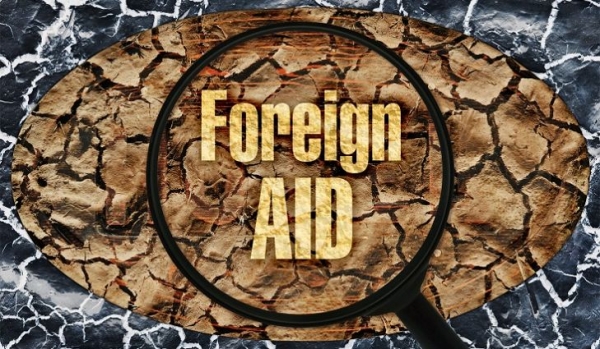
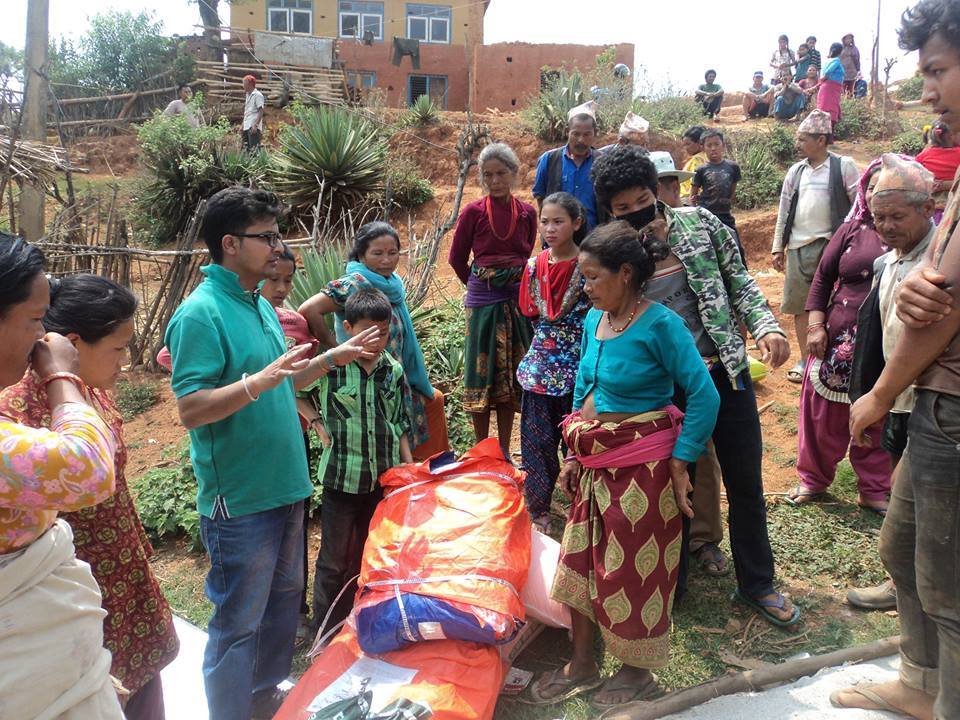

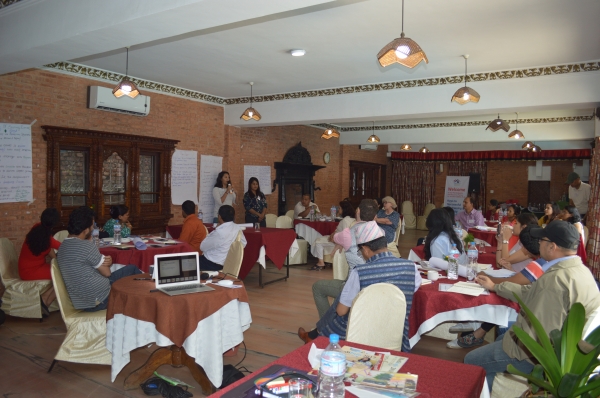
 Training of Trainers kicked off.jpg)
